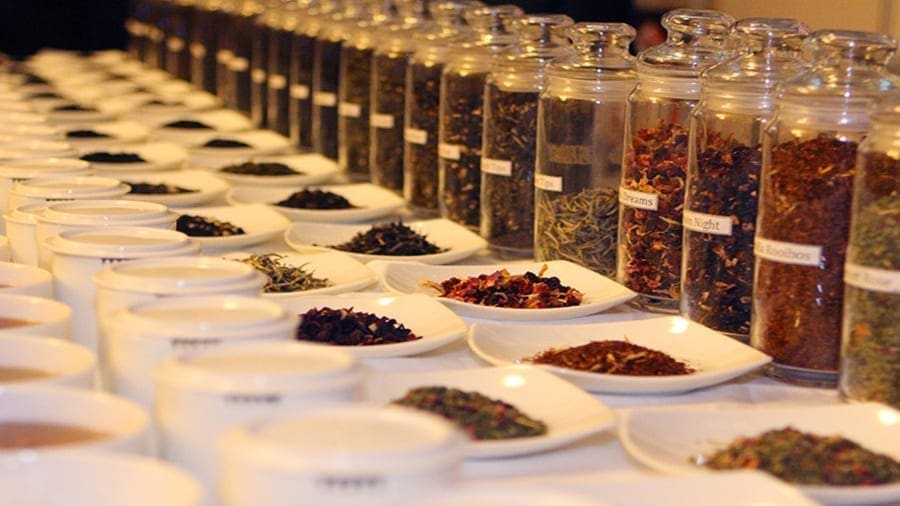UGANDA – Uganda’s tea exports have stagnated at 50,000 metric tonnes for the last five years, a new study shows.
The Economic Policy Research Centre (EPRC) study titled Uganda’s tea sub-sector: A comparative review of trends, challenges and coordination failures, blamed the poor performance of the tea sub-sector on “poor coordination of the various policies” that has resulted into low production and exports.
Also, the crop’s lengthy gestation period of three years and land segmentations have slowed down smallholder’s re-investment in the commodity.
The study that compares Uganda tea performance to Kenya’s, reads in part: “Attempts to bring tea policies into one holistic framework in 2005….which would have eased the coordination of intervention in the sector, were unsuccessful. To-date, the draft tea policy has not been presented and or debated in Parliament.”
An estimated 200,000 hectares, according to this report, are suitable for tea production in Uganda, but only 28,000 hectares—about 14 per cent— are utilised by both smallholder and estate farmers.
On the other hand, Kenya has succeeded in transforming its tea sub-sector with effective coordination of policies and institutions.Furthermore, there is no single price for tea.
“Every auction determines its own price through a reserve price and a bidding process which varies with quality and quantity,” notes the report. Ugandan tea farmers, like in Kenya, are represented by a trade union, the Uganda Tea Association.
Ugandan tea is commonly grown on the slopes of Mount Rwenzori and in Bushenyi, Hoima, Kabarole, Kanungu, Kibaale, Kisoro, Mbarara, Mukono, Mityana, Rukungiri and Wakiso districts.
March 20, 2015; http://www.monitor.co.ug/Business/Markets/Tea-exports-stagnant–says-report/-/688606/2656816/-/14auooo/-/index.html









